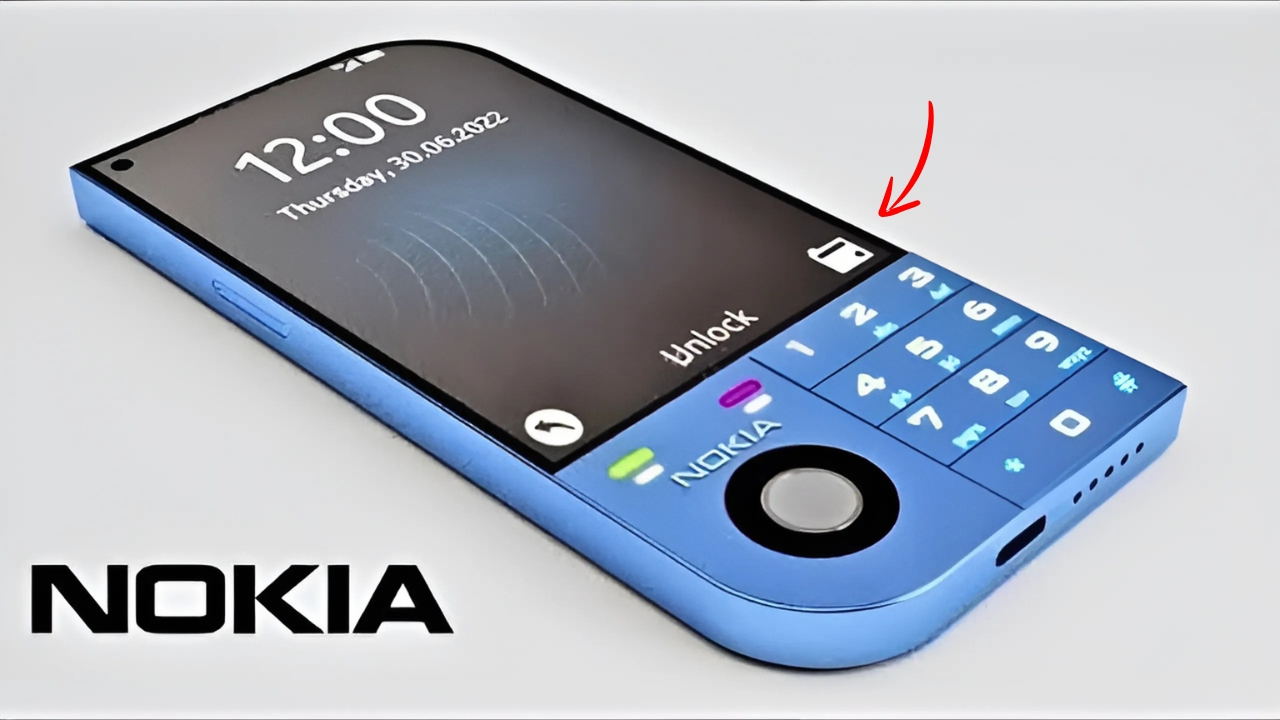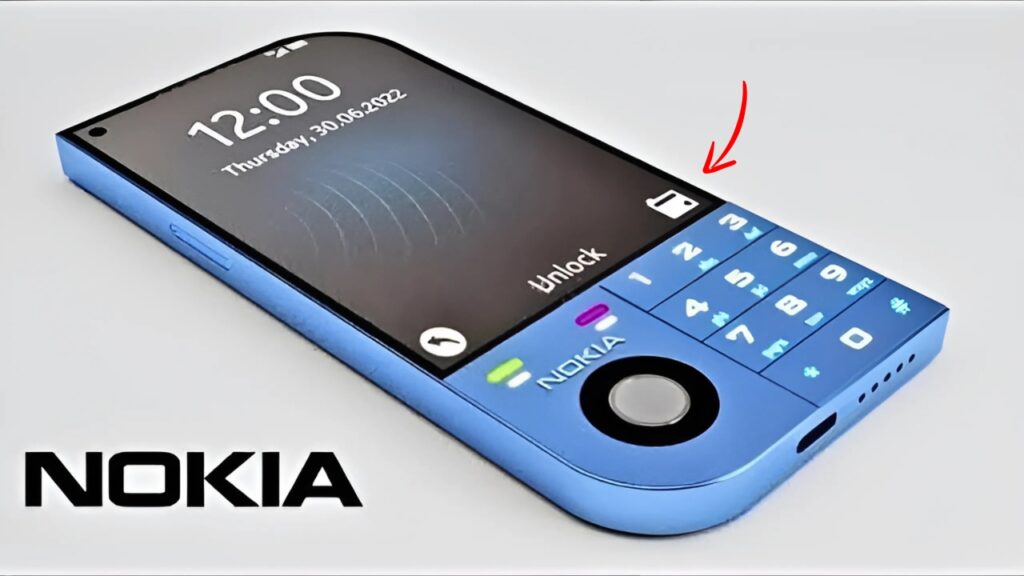Nokia Keypad Phone 5G : In an unexpected move that caught industry watchers off guard, Nokia has officially unveiled a keypad phone equipped with 5G capabilities, merging tactile typing familiarity with cutting-edge network technology. The announcement yesterday afternoon sparked immediate interest among various user groups, from business professionals seeking focused communication devices to technology enthusiasts intrigued by this unusual combination. This bold product strategy demonstrates Nokia’s willingness to explore market niches others have abandoned.
Physical Keyboard Returns with Premium Touch
The device’s standout feature remains its physical T9 keypad, reimagined through modern manufacturing techniques and materials. Each button provides satisfying tactile feedback, with precisely calibrated resistance that makes blind typing possible again—a skill many thought obsolete. The keys themselves utilize durable polymers with subtle texturing, ensuring accurate input even during extended messaging sessions or while wearing gloves.
Premium metal construction surrounds the keypad, lending substantial weight and durability that plastic alternatives cannot match. The brushed aluminum finish resists scratches while developing a unique patina over time, much like fine watches or vintage electronics. This attention to materials elevates what could have been a novelty item into something genuinely desirable for discerning users.
5G Implementation Surprises with Speed
The integration of 5G technology into this form factor required significant engineering innovation, with antenna placement and heat dissipation presenting unique challenges. Testing reveals download speeds comparable to flagship smartphones, enabling quick email synchronization and rapid web browsing despite the compact design. Video calling, supported through the front-facing camera, benefits from reduced latency that makes conversations feel more natural.

Network efficiency extends battery life considerably compared to traditional smartphones constantly powering large displays. The combination of focused functionality and modern connectivity creates an interesting proposition for users seeking digital minimalism without sacrificing communication speed. Business travelers particularly appreciate maintaining high-speed connectivity while enjoying week-long battery life.
Display Technology Balances Clarity with Efficiency
The screen, while smaller than contemporary smartphones, employs high-density pixel arrangements that deliver surprisingly sharp text and images. Colors appear vibrant without oversaturation, making photo viewing pleasant despite size constraints. The display brightness adjusts intelligently to ambient conditions, remaining visible outdoors while preserving battery during indoor use.
Touch sensitivity on the display portion responds accurately to gestures, supporting modern navigation patterns alongside traditional button controls. This hybrid approach allows users to choose their preferred interaction method depending on the task, combining efficiency with flexibility. Web browsing proves more capable than expected, with intelligent rendering that optimizes content for the available screen space.
Smart Features Hidden Within Simple Interface
Beneath the familiar exterior lies sophisticated software that brings contemporary conveniences to the classic form factor. Voice assistants respond to commands, enabling hands-free operation during driving or cooking. Predictive text algorithms have evolved significantly since T9’s heyday, learning writing patterns and suggesting complete sentences with impressive accuracy.
Application support includes essential modern services like banking, navigation, and streaming music, adapted thoughtfully for the unique interface. Social media applications receive simplified versions that emphasize communication over endless scrolling, potentially offering healthier engagement patterns. The operating system maintains responsiveness throughout, avoiding the sluggishness that plagued earlier feature phones attempting smartphone functionality.
Target Audience Broader Than Expected
Initial market research suggests appeal extending beyond nostalgic millennials to unexpected demographics. Senior users appreciate the familiar button layout combined with modern features like video calling and emergency services. Parents seeking connected devices for children without full smartphone distractions find the balance appealing, maintaining communication while limiting screen time.
Professional environments requiring devices in secure facilities, where cameras and smartphones face restrictions, represent another surprising market. The ability to maintain 5G connectivity and essential functions while meeting security requirements opens doors previously closed to connected devices. Construction sites, medical facilities, and government buildings become accessible markets for this unique hybrid.
Battery Performance Exceeds Expectations
Power efficiency achieves remarkable results through the combination of smaller display, optimized processors, and focused functionality. Regular users report five to seven days between charges, with lighter users extending beyond a week. This endurance transforms daily device relationships, eliminating the constant charging anxiety plaguing modern smartphone users.
Quick charging support means even depleted batteries return to usable levels during short breaks, though the exceptional battery life makes such situations rare. The included charger remains compact, easily pocketable for travel without adding bulk to bags or briefcases.
अफोर्डेबल प्राइस के साथ मार्केट में आई लक्जरी फीचर्स वाली SUV Skoda Kushaq
Nokia Keypad Phone 5G Cultural Impact and Market Response
The Nokia keypad phone with 5G represents more than product innovation; it challenges assumptions about technological progress always meaning larger screens and touch interfaces. Early adoption rates suggest significant demand exists for alternative form factors that prioritize different values than mainstream smartphones. This success might encourage other manufacturers to reconsider abandoned designs, potentially diversifying a market that had become increasingly homogeneous.
